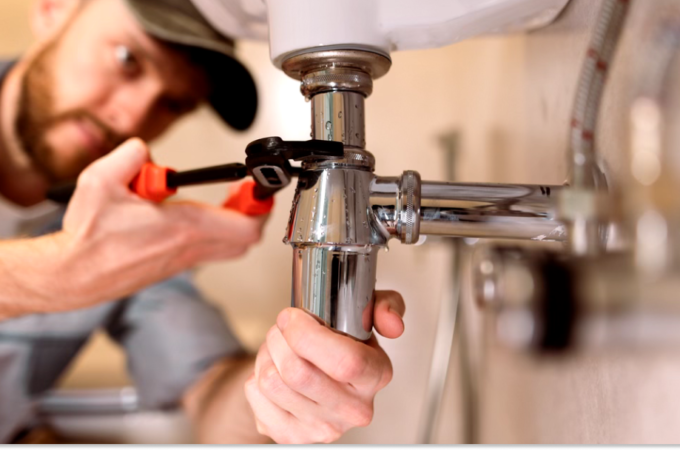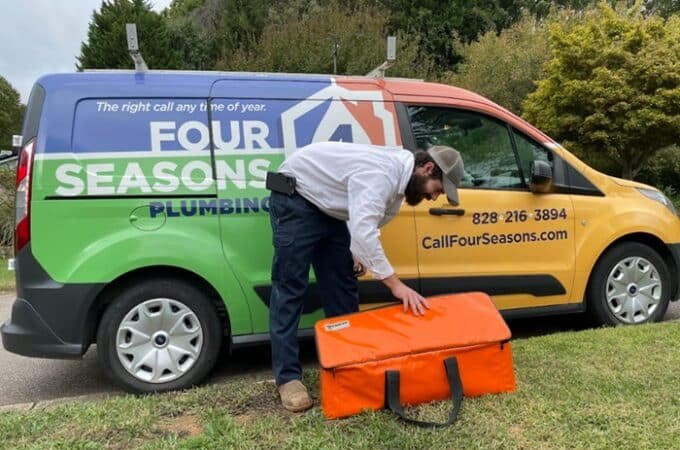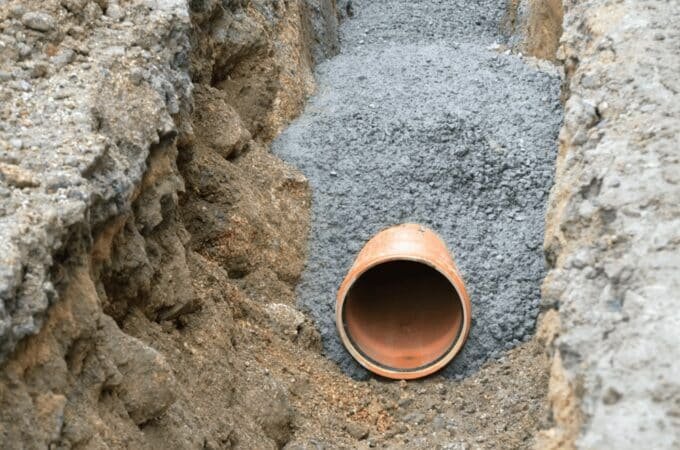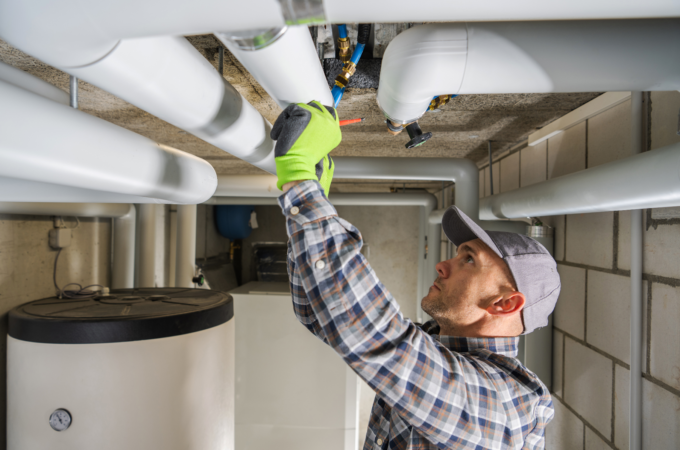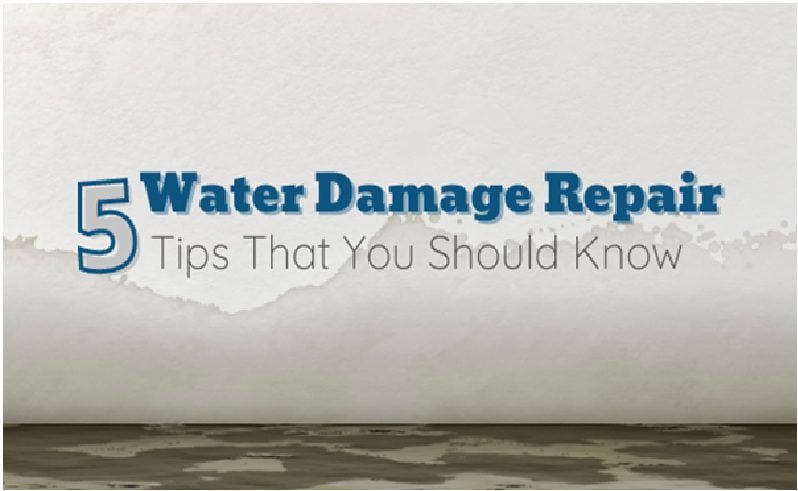
5 Water Damage Repair Tips That You Should Know
For any home or property owner, water damage is probably one of the most vicious problems that one can encounter. Not only it can wreak havoc on your property by accelerating the degradation of your property’s overall structure, but it can also spark electrical fires, cause extensive drywall damage, and not to mention, leave a huge dent on your finances.
Now, if your place has been flooded, obviously, you need to act on it as fast as you can. However, the real deal happens when you leave the affected area untreated. Even if there are no visible signs of damage from the exteriors, it is nonetheless important to have a water damage expert check your property to thwart any possible damage from escalating.
Now, let’s say you just noticed that there is a probable water damage or a leak, what should you do next? Calling a professional would be the most appropriate action, but before you do any water damage repair, make sure that you also perform an initial evaluation of the situation first and conduct immediate and necessary steps to help mitigate any further damage.
Table of Contents
Toggle1. Assess the situation
Before going down to the distressed area, make sure to assess the situation first. Check the level of damage. For instance, if the water has already seeped through your floors, walls, and ceilings, then it might not be safe or practical for you to do it on your own especially if you’re not an expert on water damage restoration yourself.
So before you start to do anything, ask yourself these: Is it safe? How is the damage? Is it repairable or do I need help from a professional? If the problem is just a small leak from the window sill or kitchen sink, then you can definitely deal with it on your own. However, in the case of floods, it might not be safe for you to check it on your own. See if the circumstance calls for a more professional evaluation otherwise, the first step is to know what type of water damage there is and from there, you’ll have a better idea on how to approach the problem.
Clean Water Damage
The damage is a minor hitch from one of your appliances or your pipeline. The water is free from possible contaminants and is generally “clean”.
Gray Water Damage
Gray water is water that is not safe and could potentially be harboring bacteria and other contaminants. Typically, it can come from melted snow or rainwater.
Black Water Damage
Blackwater is water that is extremely dangerous to your health and safety. Examples of this are flood waters from rivers, lakes, groundwater, and sewage water among others. Black water may contain harmful pathogens and parasites that can put your health at risk.
2. Locate the source
Locating the source of the leak can be a bit tricky especially if it’s concealed within the walls. Likewise, if it’s a water-damaged ceiling, it wouldn’t be that easy to conclude whether it’s actually a roof issue without a proper inspection. Some cases would be quite more predictable however, it would still be best to have an expert take charge of the actual inspection. Besides, they have the right tools to detect moisture content even from underneath the walls.
3. Shut off the power source and remove all electronics and furniture in the affected area
Soon as you see signs of water damage, unplug all your appliances and electronics immediately. Be wary of power outlets and gas lines that are near the affected areas if there are any so as to avoid electrical shocks or worse, trigger an explosion. And ensure that all appliances around the house are turned off. Consequently, move away all the furniture, rugs, carpets, and all other small objects from the affected areas then discard soaked items that cannot be salvaged anymore.
4. Get rid of the water
Dry out the area as much as you can and if possible. The goal is to eliminate all sources of moisture inside the room. And depending on the situation, you can use a mop or a towel to remove the excess water. Also open the windows to allow air to circulate inside the room and ward off possible mold growth. You may also use a fan and a dehumidifier to thoroughly dry out the area.
Now, you might be able to get rid of the water, but you wouldn’t know exactly the extent of the damage unless you seek professional help. What is even concerning in cases with massive water damage is that your place can then instantly become a hotbed for fungus and bacteria even after drying out the affected area. This is because the moisture tends to stay for long periods of time, which is why an experts’ intervention might be even more necessary than you think.
5. Restore the affected area
Restoring the damaged area isn’t as easy as you think, particularly if it was caused by flooding. For one, the water could be hazardous to your health and it could encourage the spread of mold and other types of fungi that would need a more advanced disinfection process. And without treating these issues first, you won’t be able to entirely restore your basement, crawlspace, or any part of your property in full health.
The good news though is that certified mold removal experts can help you take the right steps to restore your property back in good shape. There are mold removal companies all over the country like a mold removal in North Carolina, Virginia, or any state, city, or locale you’re in that specialize in water damage repairs and restorations. Just give them a call and they’re ready to offer assistance.

